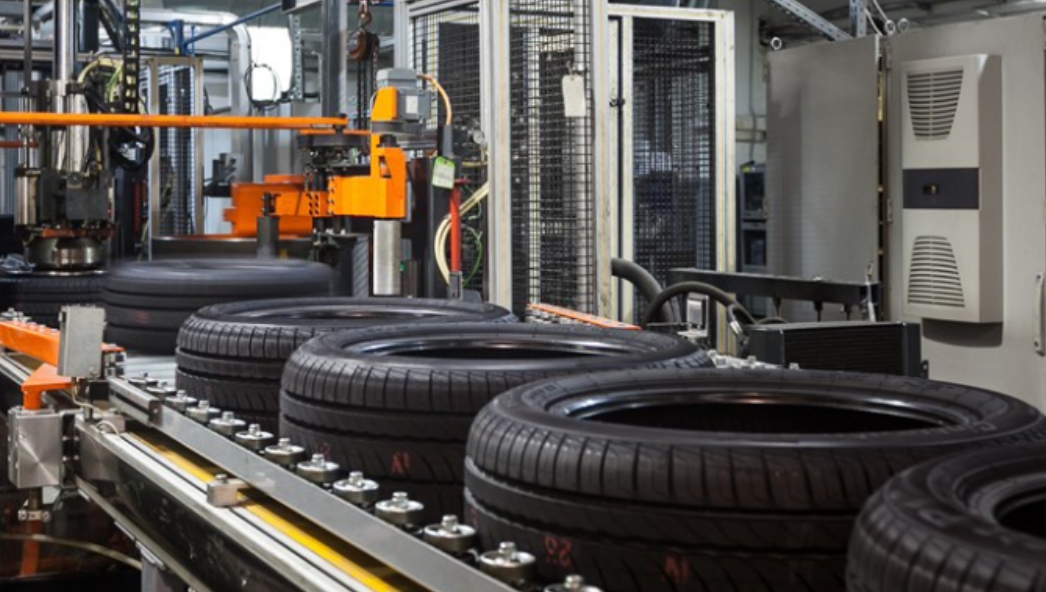The Application of Water Vapor Permeability Analyzer (WVPA) and Water Vapor Transmission Rate (WVTR) in the Rubber Industry

Introduction
In the rubber industry, quality control and product performance are paramount. Rubber materials are used in various sectors like automotive, construction, and healthcare, where durability and environmental resistance are crucial. A key property affecting rubber’s performance is its Water Vapor Transmission Rate (WVTR)—the rate at which water vapor permeates through a material. Measuring WVTR helps manufacturers understand how well rubber materials resist moisture. To achieve this, the Water Vapor Permeability Analyzer (WVPA) becomes an essential tool. This article explores the significance of WVTR, the role of WVPA, and how these measurements benefit the rubber industry.
Understanding Water Vapor Transmission Rate (WVTR) in Rubber
WVTR is a measure of how much water vapor can pass through a material over a specific period. Rubber materials, though generally resistant to water vapor, have varying permeability rates based on their composition and intended use. For instance, tires, seals, and medical devices often require low WVTR to enhance durability and prevent degradation in moist environments.
A high WVTR in rubber can lead to accelerated material degradation, especially in humid conditions. This can result in issues like cracking, hardening, or loss of elasticity, which compromise the material’s functionality. Therefore, understanding and controlling WVTR in rubber is essential for ensuring product longevity and reliability.
The Role of Water Vapor Permeability Analyzer (WVPA) in Measuring WVTR
A WVPA is a specialized instrument designed to accurately measure the WVTR of various materials, including rubber. In the rubber industry, WVPA is used to:
-
Optimize Material Composition: By measuring the WVTR, manufacturers can modify rubber formulations to achieve desired levels of moisture resistance. For example, adding fillers like carbon black can decrease WVTR, making the material more resistant to moisture. The WVPA provides precise data on WVTR, helping manufacturers create materials tailored for specific applications.
-
Quality Control: Regular WVTR testing ensures consistency across production batches. For industries where rubber products must meet stringent performance criteria—like automotive or medical sectors—consistent WVTR is critical. WVPA helps verify that all rubber products maintain the required WVTR values, ensuring high-quality output.
-
Predict Product Lifespan: Understanding WVTR in rubber allows manufacturers to estimate how long a product will last under certain environmental conditions. A low WVTR is often associated with longer product lifespan, as reduced moisture absorption prevents early material degradation.
-
Research and Development: In R&D, WVPA is essential for developing rubber materials with specific WVTR values. By experimenting with different additives and processes, researchers can optimize rubber compositions for various uses, from automotive parts to healthcare devices.
Applications of WVPA and WVTR in Specific Rubber Products
The rubber industry encompasses a wide range of products, each with unique WVTR requirements. Here are some applications where WVTR measurements are essential:
-
Tires: The inner lining of tires requires low WVTR to prevent air loss and maintain inflation. A WVPA helps tire manufacturers ensure that the rubber lining has the ideal WVTR to support long-term durability and safety.
-
Seals and Gaskets: Rubber seals and gaskets in automotive and industrial applications are exposed to moisture and temperature variations. A low WVTR is essential to maintain sealing properties. Using a WVPA to measure WVTR, manufacturers can select rubber materials that maintain effectiveness in harsh conditions.
-
Medical Devices: Rubber materials used in gloves, syringes, and tubing need controlled WVTR to prevent contamination and maintain sterility. A WVPA helps manufacturers ensure these products have the required WVTR, ensuring patient safety and product integrity.
-
Protective Gear: Rubber in items like gloves, boots, and wetsuits needs an appropriate WVTR balance. A WVPA allows manufacturers to measure and adjust WVTR for comfortable, moisture-resistant protective gear.
-
Electronics and Electrical Insulation: Rubber used in electronic insulation must have low WVTR to prevent condensation, which could lead to short circuits or corrosion. WVPA testing ensures the rubber meets these stringent WVTR standards.
Benefits of WVPA and WVTR Measurements in the Rubber Industry
-
Enhanced Product Quality: Consistent WVTR measurements help manufacturers produce high-quality rubber products that meet industry standards, particularly in sectors with strict performance criteria.
-
Reduced Material Degradation: Lower WVTR in rubber reduces material degradation from moisture, important for products exposed to humid environments.
-
Cost Savings: Accurate WVTR control improves product durability, reducing replacements and maintenance costs. This benefits both manufacturers and end users.
-
Compliance with Industry Standards: Many industries require specific WVTR levels for rubber materials. Using a WVPA ensures compliance with these standards, allowing for market approval and acceptance.
-
Environmental Impact: Controlling WVTR contributes to environmental sustainability by extending product life and reducing waste, as durable rubber products require fewer replacements.
Conclusion
The Water Vapor Permeability Analyzer (WVPA) plays a vital role in measuring and controlling the Water Vapor Transmission Rate (WVTR) in the rubber industry. By providing precise WVTR measurements, WVPA allows manufacturers to optimize rubber materials for various applications—from automotive tires to medical devices. As the demand for high-performance rubber products continues to grow, the importance of accurate WVTR control and measurement will only increase. Through enhanced understanding of WVTR, the rubber industry can ensure products that perform better, last longer, and contribute to sustainable practices.
Keywords: Water Vapor Permeability Analyzer, WVTR, Water Vapor Transmission Rate, rubber industry, rubber durability, quality control, material composition, tire manufacturing, rubber seals, medical devices, environmental sustainability.

 info@gbtest.cn
info@gbtest.cn



 en
en ru
ru es
es ar
ar





